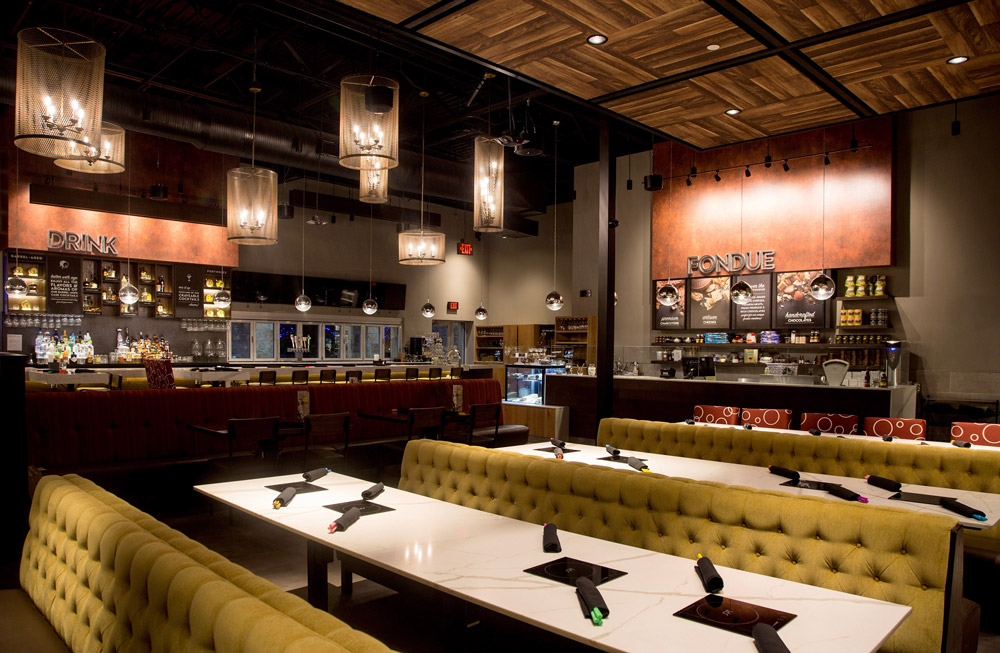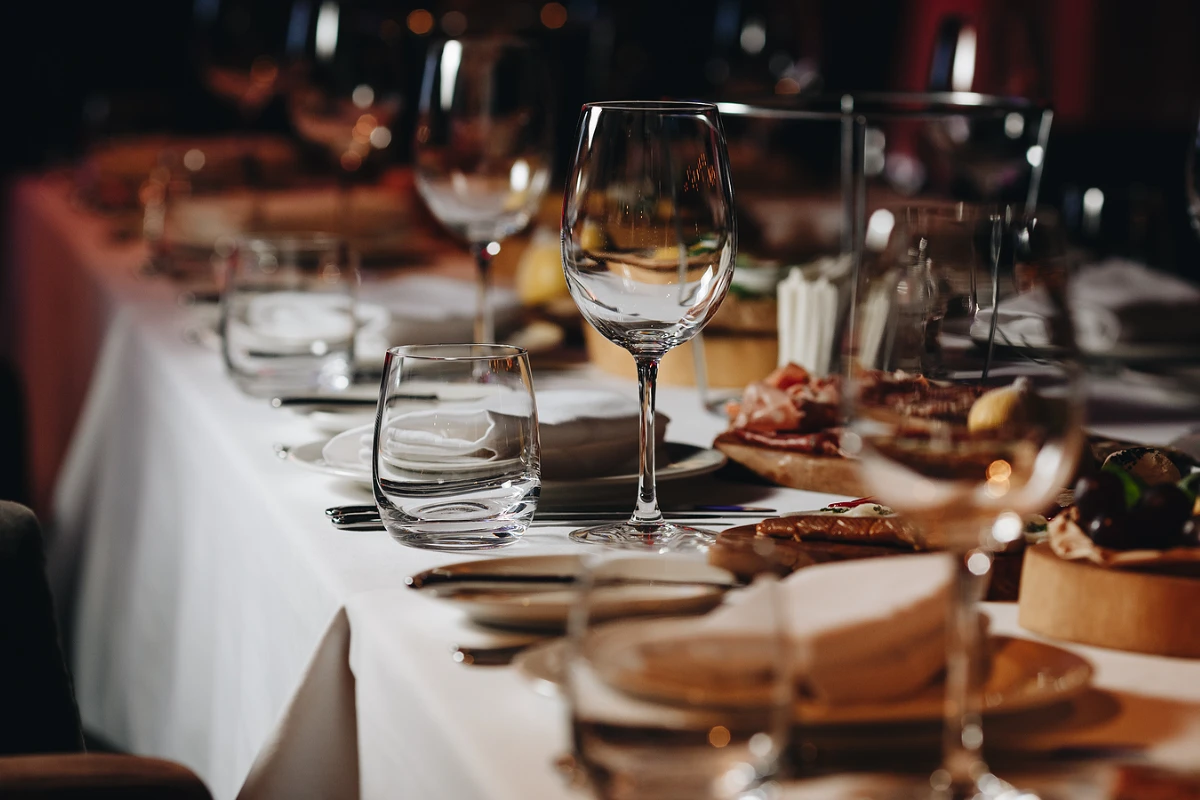The allure of a fine dining franchise is undeniable—polished interiors, world-class cuisine, white-glove service, and the prestige that comes with offering a premium culinary experience. But beyond the ambiance and accolades lies a more practical question: do fine dining restaurants make money?
While the fine dining segment is often seen as a luxury play in the restaurant world, its success hinges on more than a high-end restaurant ownership vision, a fancy menu and upscale décor. This article dives deep into the economics of investing in fine dining franchises—comparing them to casual and fast-casual concepts—and evaluates whether they live up to their profit potential.
Understanding the Fine Dining Franchise Business Model
Fine dining franchises are relatively rare compared to fast-casual giants, but they are growing in number thanks to rising demand for experiential dining. Unlike casual franchises that prioritize speed and convenience, fine dining franchises emphasize quality, premium culinary experience s, ambiance, and personalized service.
Examples include luxury dining franchises like high-end steakhouse chains, wine-focused bistros, and experiential restaurants like The Melting Pot, which offers a fondue-centric, tableside cooking experience that blends entertainment and cuisine.
Key Characteristics of Fine Dining Franchises
These businesses often come with:
- Elevated startup costs for fine dining franchise investment
- Elevated menu prices
- More complex operations
- Greater potential for per-guest profit
So, how much profit does a fine dining restaurant make in terms of ROI? Let’s dig into the numbers.
Startup Costs vs. ROI: Fine Dining vs. Fast‑Casual Franchises
Here’s how fine dining compares to casual and fast-casual franchises in terms of investment:
| Restaurant Type | Average Startup Cost | Average Revenue Potential |
| Fine Dining Franchise | $1M – $3M+ | $2M – $5M+ annually |
| Casual Dining | $750K – $1.5M | $1.5M – $3M annually |
| Fast-Casual | $250K – $750K | $750K – $1.5M annually |
As shown above, a fine dining franchise typically requires a larger upfront investment, including more expensive interior design, high-end kitchen equipment, and well-trained staff. In return, it offers the possibility of significantly higher check averages—often $50–$100 per guest versus $10–$30 for fast-casual.
But the real question remains: how much does a fine dining restaurant make in actual profit?
How Much Profit Does a Fine Dining Restaurant Make?
While revenues can be higher, the question of how much profit a fine dining restaurant can make depends on efficient management of costs. Fine dining restaurants typically operate on margins of 8–15%, compared to fast-casual’s 5–10%.
Factors Affecting Fine Dining Profit Margins:
- Location matters significantly for fine dining franchise profitability, demanding affluent, urban demographics—typically affluent, urban, or tourist-heavy areas.
- Menu Pricing Strategy: Strategic use of premium ingredients and creative pricing (e.g., tasting menus, wine pairings) can increase average ticket size.
- Efficient staffing is crucial as upscale restaurants require more staff per guest, including trained chefs, sommeliers, and attentive servers. Labor is a major cost center.
- Experience Delivery: From tableside service to curated ambiance, consistent quality is key to maintaining a loyal customer base willing to pay top dollar.
Restaurants like The Melting Pot have mastered this formula, offering interactive experiences (fondue cooking at the table) that justify premium pricing while creating memorable occasions that drive repeat business.
More: How to start a dessert business
Experiential Dining: The Secret to Maximizing ROI with a Fine Dining Franchise
In today’s experience-driven economy, experiential dining concepts that deliver more than just food have a distinct edge. Experiential dining is one of the key differentiators that helps fine dining franchises succeed. Whether it’s watching a chef flambé a dish at your table, enjoying a live music set during dinner, or dipping fruit into molten chocolate at The Melting Pot, these moments matter.
Why It Works:
- Emotional Connection: Guests remember how you made them feel. A positive, immersive experience creates loyalty and referrals.
- Higher Check Averages: Customers are more likely to splurge on wine pairings, desserts, and upgrades when they’re having a memorable time.
- Social Sharing: Instagram-worthy plating or unique experiences (like cooking your own entrée) drive organic marketing online.
For fine dining restaurants to thrive, they must treat service and ambiance as part of the product, not just the presentation.
Market Trends and Consumer Demand
Despite the rise of food delivery and fast-casual concepts, the fine dining market has shown resilience—especially post-pandemic, as consumers seek in-person, special experiences.
Industry Insights:
- Revenge Spending: Post-COVID, consumers are spending more on luxury experiences, especially for celebrations, travel, and dining.
- Millennials and Gen Z significantly influence the profitability of fine dining restaurants, driving demand for upscale dining—especially if it’s interactive or shareable.
- Health & Sustainability: Ethical sourcing, seasonal ingredients, and transparency are increasingly important for high-end diners.
Consumers aren’t just looking for a great meal—they’re investing in a story, a vibe, and a night to remember. The brands that tap into this desire are poised to stand out.
Pros and Cons of Fine Dining Franchises
Let’s weigh the major advantages and risks of owning a fine dining franchise:
Pros:
- High ticket averages and strong revenue potential
- Brand prestige and elevated market positioning
- Opportunities for creativity and personalized service
- Higher guest retention through experience-driven models
Cons:
- Significant upfront capital and operational complexity
- Narrower audience appeal compared to casual dining
- Vulnerable to economic downturns or shifts in discretionary spending
- Requires strong leadership and hospitality excellence
Is a Fine Dining Franchise Right for You?
If you’re evaluating the opportunity, ask yourself:
- Can you afford the startup investment and sustain operations during the ramp-up period?
- Do you have access to a premium location with the right demographics?
- Are you passionate about hospitality, quality, and guest experience?
- Can you hire and retain top-tier staff?
Owning a fine dining franchise is not a passive investment—it requires commitment, vision, and operational excellence. But for those who execute well, the rewards can be significant.
So, do fine dining restaurants make money? Yes—but it depends on strategy, execution, and understanding your market. The upfront costs and complexity are higher than fast-casual, but so are the returns—especially for brands that lean into experiential dining.
Concepts like The Melting Pot demonstrate how interactive service, unique experiences, and premium pricing can create a business model that is both profitable and memorable. Whether you’re drawn by the glamour or the potential gains, investing in a fine dining franchise can be a savvy move—if you do your homework and commit to excellence.
To learn more about The Melting Pot franchise opportunity, contact our franchise development team today.



